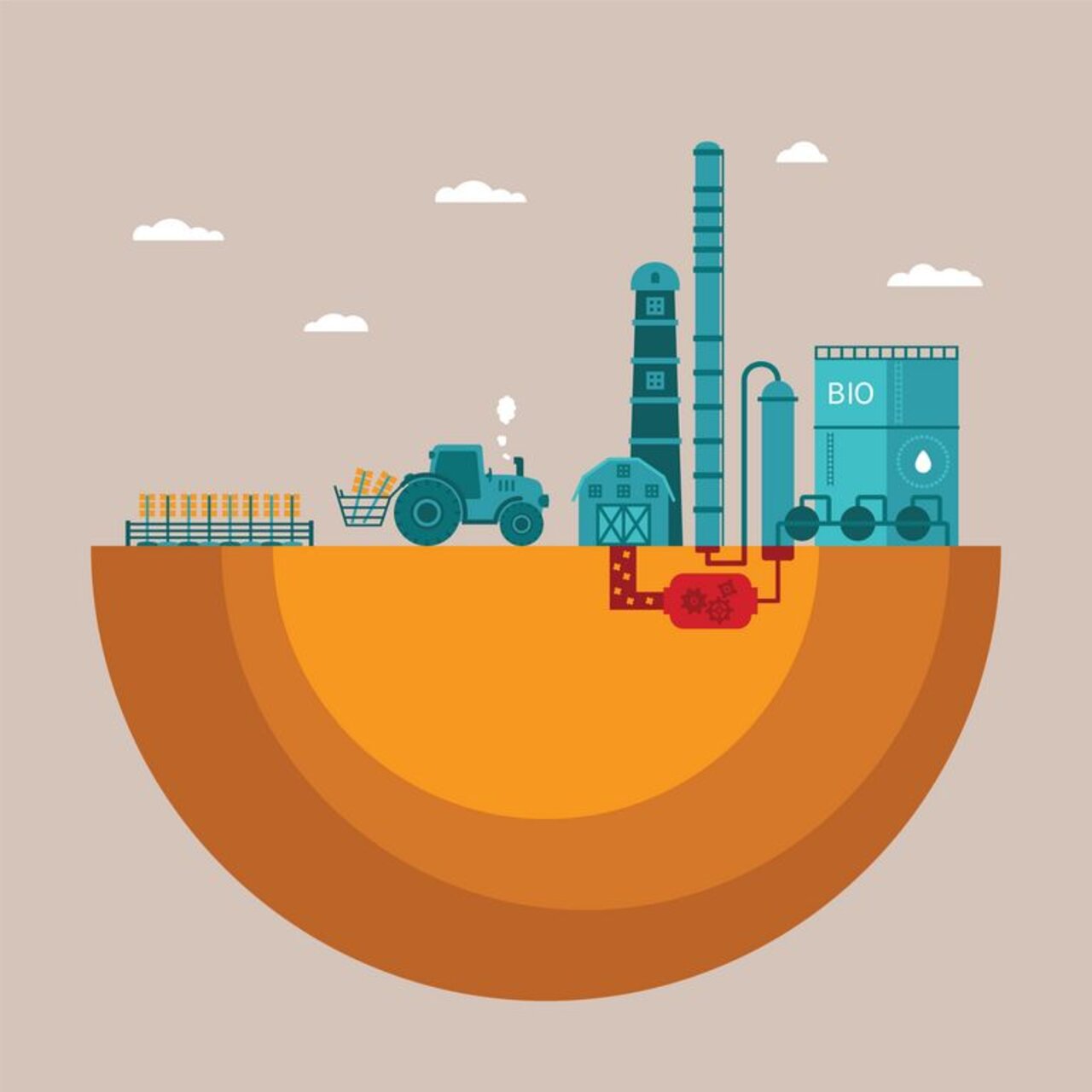Project
Fewer Soy Imports to Germany?

Fewer soy imports to Germany? Feasibility, prerequisite, consequences
Germany's dependence on soy imports, especially from Brazil, is increasingly viewed with scepticism by many parts of the society. We are investigating whether and how imports can be reduced and how this affects the markets in Germany and the exporting countries.
Background and Objective
Soy is an essential component in commercial animal diets due to its excellent protein composition both in terms of quantity and quality. Only 6% of total soy use is for human consumption. Soybean meal, however, is the main source of protein for the global animal nutrition industry and has consequently become a nutritional component that is strategically traded around the world.
However, the use of imported protein feed in Germany is criticized in the context of the sustainability discussion. In order to preserve the rainforest and avoid long transport routes, the import of soy from overseas, particularly from Brazil, should be replaced by soy cultivations or alternative protein crops in Germany or the European Union (EU). Since many consumers are opposed to genetically modified (GMO) soy, we are also analyzing whether the expansion of domestic soybean and protein crop cultivation could further ensure the supply of GMO-free products in the future.
Against this background, the study is intended to provide answers to the following questions:
(1) Which agronomic possibilities exist to substitute soy imports from non-EU countries with increased domestic/European production of protein crops and under which conditions can these potentials be realised?
(2) To what extent could existing or potential future political programmes play a role here?
(3) How will the market-driven demand for GMO-free and/or domestic protein animal feed develop, i.e., how
much redirection exists in the procurement of raw materials due to market-based processes?
(4) Which market and trade effects result from such a substitution strategy and what are the probable effects on global land use or on economic pressure of previous non-arable land to be taken into account, e.g., in Brazil?
Approach
For a detailed market overview, we first analyse the demand for protein animal feed. Official statistics, expert discussions and web analyses are used to estimate the future market-driven demand for GMO-free or regionally produced protein animal feed in Germany or in Europe. The next step contains the economic analysis and development of policy measures for the promotion of protein feed cultivation in Germany or in the EU. The agronomic and economic potential of the EU production of protein animal feed is determined using the agri benchmark method to survey typical farms. This work forms the basis for the analysis with the international trade model MAGNET, which simulates the trade effects and land use changes.
Thünen-Contact

Involved Thünen-Partners
Involved external Thünen-Partners
-
global networks (gUG)
(Braunschweig, Deutschland)
Funding Body
-
Federal Office for Agriculture and Food (BLE)
(national, öffentlich)
Publications
- 0
Freund F, Soisontes S, Laquai V, Banse M (2025) Global land-use implications of preference shifts towards regional feed and sustainable diets in Germany and the European Union. Ecol Econ 228:108455, DOI:10.1016/j.ecolecon.2024.108455
- 1
Soisontes S, Freund F, Laquai V (2024) The future of protein feed: a case study of sustainable substitutes in the German livestock industry. Environ Dev Sustain 26(10):25199-25226, DOI:10.1007/s10668-023-03676-1

![[Translate to English:] [Translate to English:]](/media/_processed_/3/e/csm_AdobeStock_249730128_92f14d3a63.jpeg)
![[Translate to English:] [Translate to English:]](/media/_processed_/3/e/csm_AdobeStock_249730128_a6fcf4c893.jpeg)





